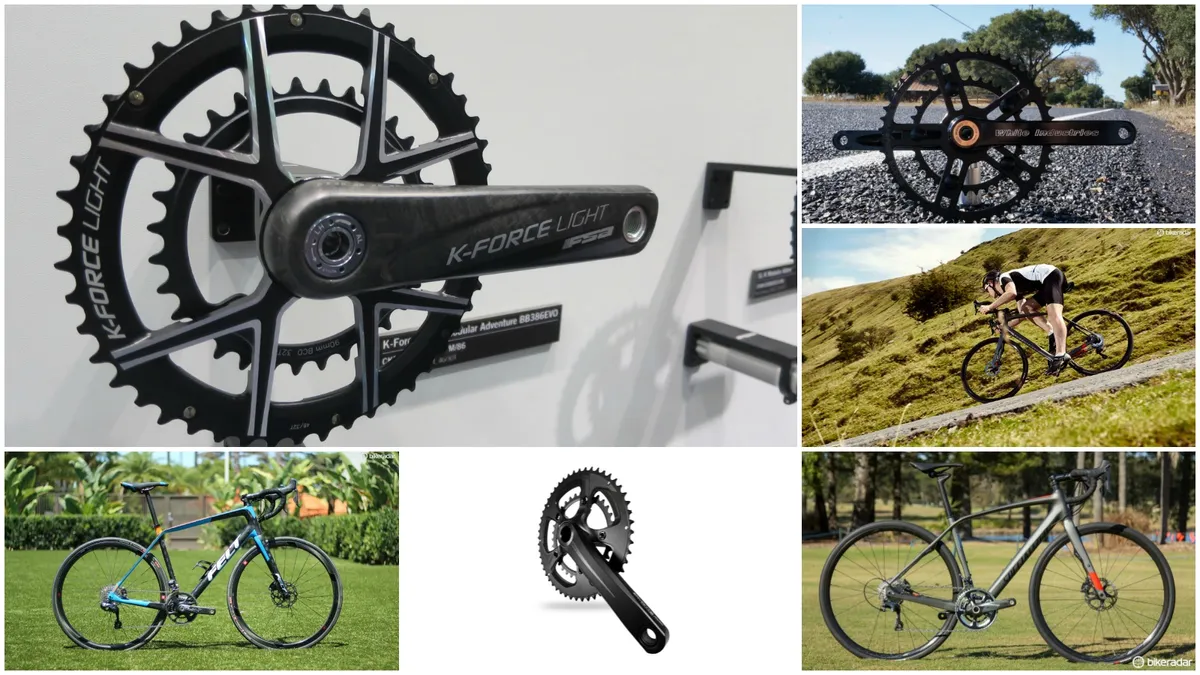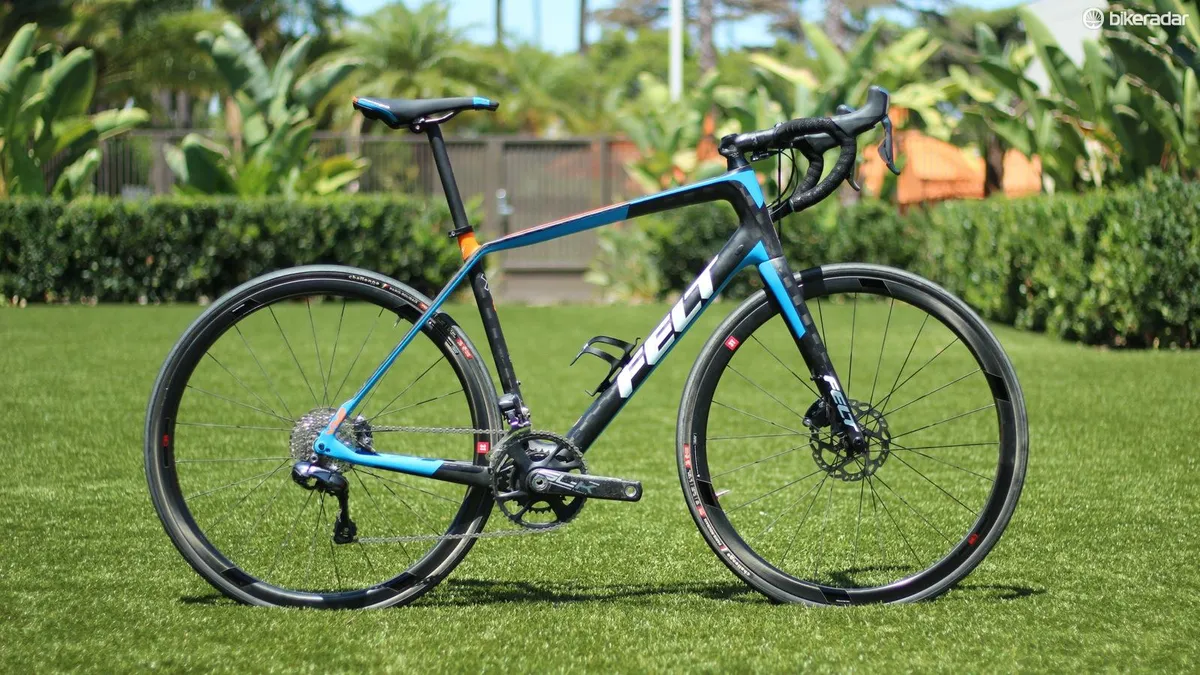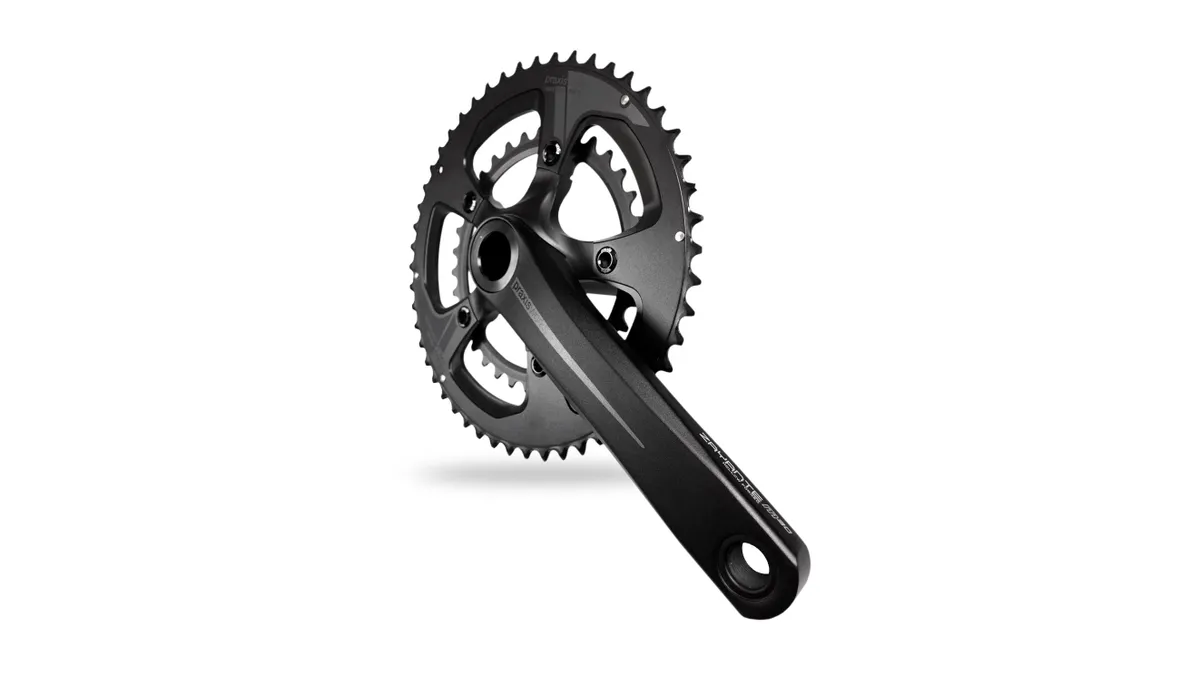Cast an attentive eye over the adventure bike ranges of major bike brands in 2017 and many will include a few bikes specced with a sub-compact or ‘super-compact’ crankset.
- FSA creates modular cranksets
- Specialized Diverge Expert Carbon review
- Best gravel and adventure road bikes
- Road bike groupsets: everything you need to know
That is to say, a double-ring chainset with a super-low 48/32t combination that’s easier to ride up steep gradients than the familiar 50/34t combination of a compact chainset. They also offer smoother jumps between cassette cogs than 1x.
So are super-compact chainsets the next big thing for drop-bar riders? We spoke to some of the industry’s biggest names to find out.
Who currently offers super-compact chainsets?
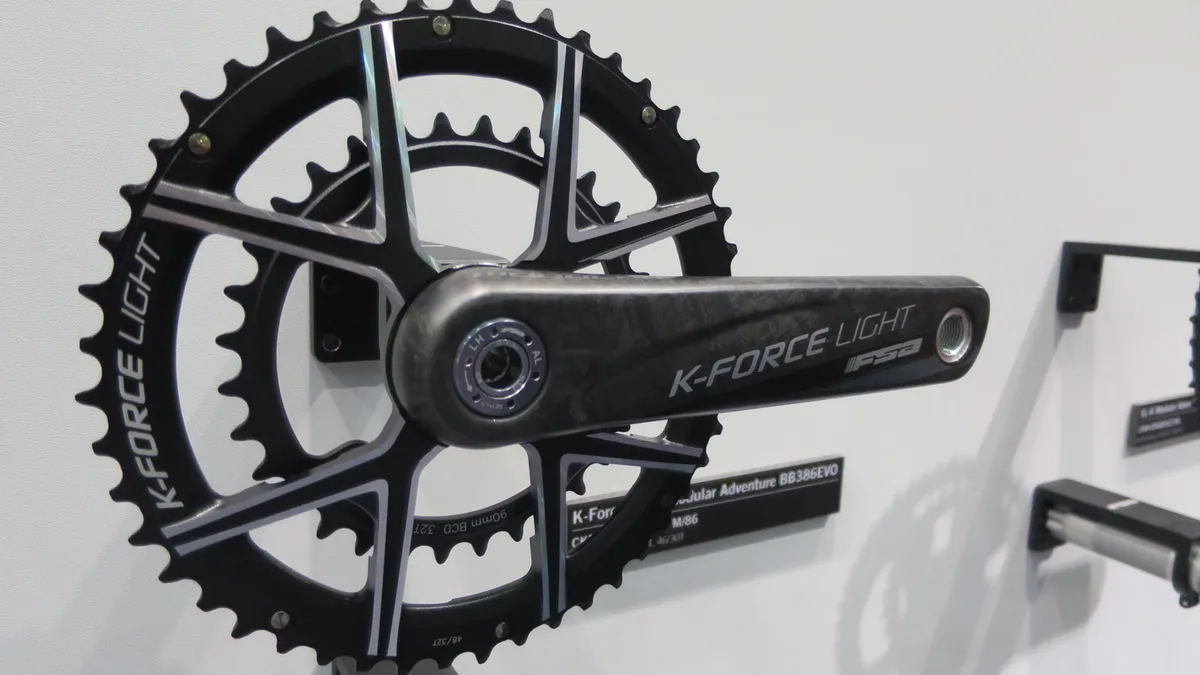
Compact double chainsets were initially popularised by French randonneur riders, but it’s only recently that modern component brands started offering them.
Full Speed Ahead (FSA) launched its range of adventure chainsets at last year’s Taipei Cycle Show, available in a wide range of chainring options from 48/32 to 46/36, and even a 46/30t.
“We started to think about 48/32t because of gravel bicycles,” says FSA’s European general manager, Maurizio Bellin. “We recognised from our OEM [original equipment manufacturer] customers that a lot of them were speccing longer-cage mechs with 30t cassettes, and we saw the real benefit for users of super-compact gearing.”
Rival brand Praxis Works currently offers a couple of different cranksets that are compatible with its new “Buzz” chainrings, available in the 48/32t combination as well as a more commonly-used 52/36t or 50/34t.
USA brand White Industries offers a ‘do-it-all’ road chainset called the R30, which uses something called a Variable Bolt Circle design to allow riders to spec their own dream chainring combo, with anything from 52t to 24t possible.
Finally, Spanish brand Rotor produces a spiderless model called the Spidering, machined in one piece to avoid frame interferences and reduce weight. The unit came from a request by Felt to provide a 46/30 crankset for their gravel bikes, which was followed up by a 48/32 version.
p.p1 {margin: 0.0px 0.0px 0.0px 0.0px; font: 16.0px Arial}
SRAM still believes that 1x is a better solution for most riders on adventure bikes
What about the three big dogs of bike components: Shimano, SRAM and Campagnolo? Well, Shimano’s European press manager Ben Hillsdon wouldn’t confirm plans to sell them, but did say that Shimano considers “many things”, adding: “We keep a close eye on the market to see how best we can continue to serve riders.”
As for SRAM, it still believes that 1x is a better solution for most riders on adventure bikes, citing a simpler gear sequence and shift actuation, simpler mechanical operation and lighter weight, while still offering a gear range of up to 420 percent. SRAM’s road product manager John Paul McCarthy adds that many of the popular bike models that currently employ super-compact cranks, like the Specialized Diverge and Felt VR, also have 1x options.
Finally, Italy’s Campagnolo tells us that it has “surely taken notice of this small but increasingly important trend”, but at the moment does not have any news to share about super-compact componentry it may (or may not) be launching. Though it does say that gravel and adventure riding is “certainly growing in popularity”.
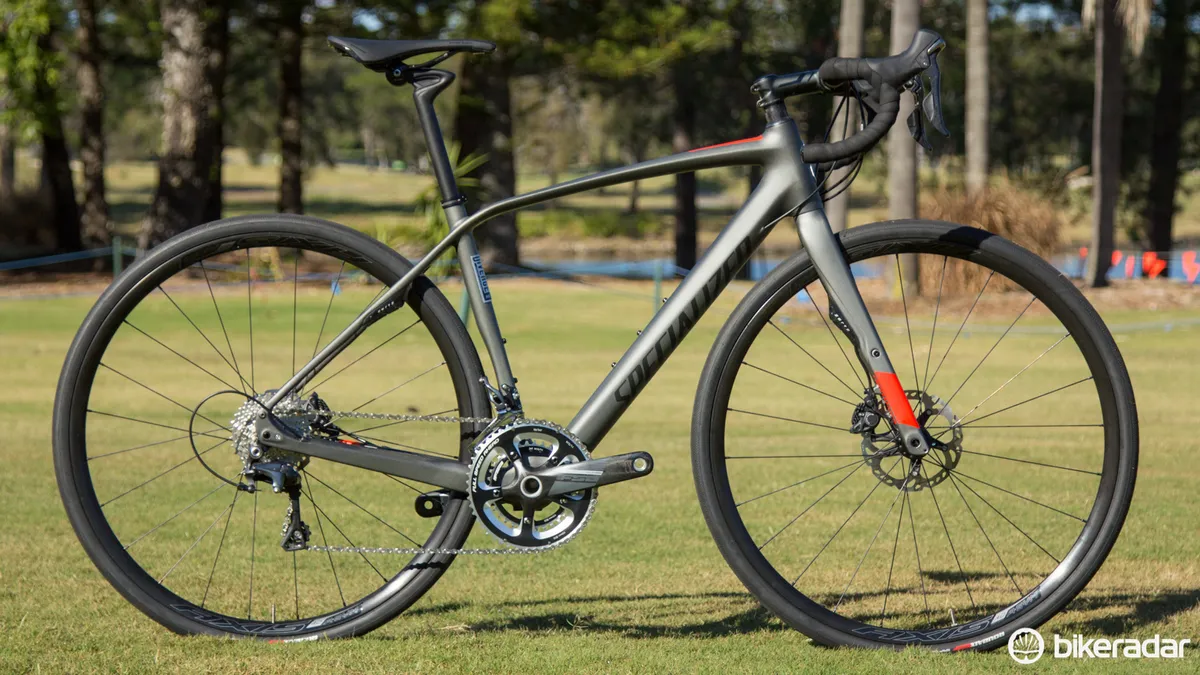
As for the big bike brands joining the party, these include Specialized, which specs super-compact chainsets from FSA on its Diverge and Sequoia models, and Felt which offers its VR range of adventure bikes with FSA SL-K super-compact cranks. “It’s common sense really,” says Erik Nohlin, designer of adventure bikes at Specialized. “The subcompact caters for a bigger range of riding, it’s that simple.”
Why use super-compact chainsets?
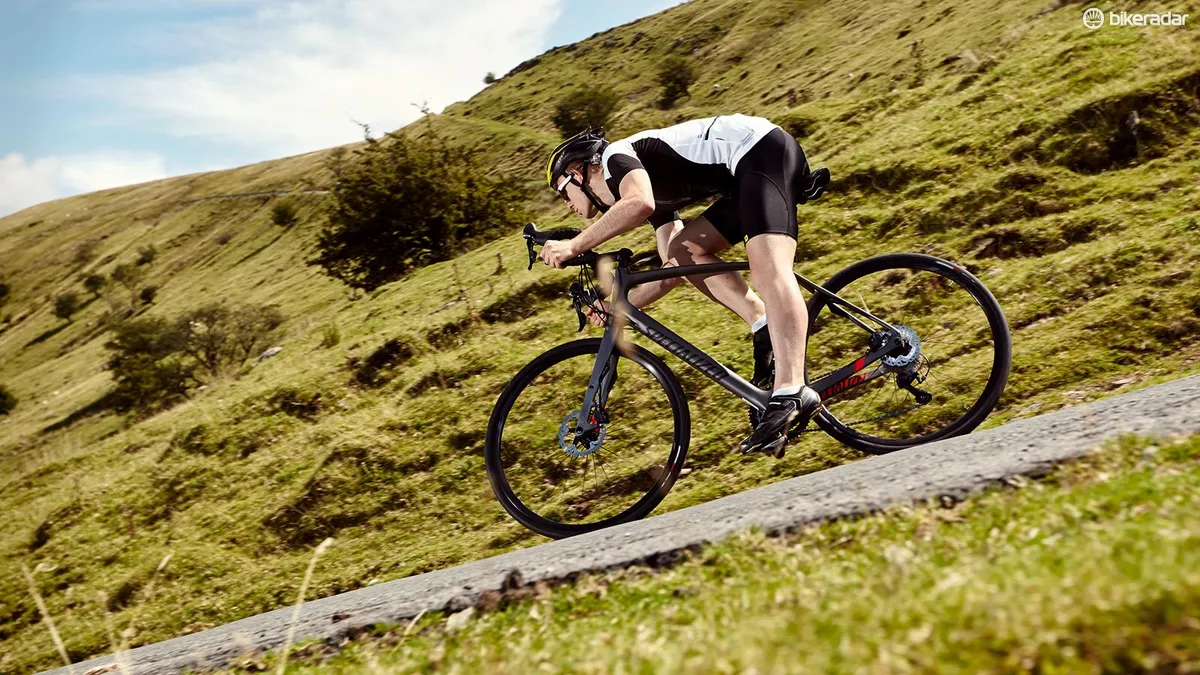
There are a number of reasons beyond the obvious one that they offer lower, easier gearing compared to the more common 50/34t compact chainset. FSA’s Maurizio Bellin told us he can think of at least three. Firstly, they reduce the likelihood of cross-chaining, which can happen when riders don’t want to leave the big ring even when they really should.
Secondly, according to Bellin, you can use smaller cassettes to achieve the same gearing ratios as currently prevail, which means lower weight and smaller jumps between cassette cogs. Lastly, riders therefore no longer require longer-cage rear derailleurs, saving a bit of weight again.
But will road riders want to use super-compact chainsets, considering the fashion for chainrings the size of dinner plates?
“The power of pro riders is getting less and less, and that is good news,” says Bellin, a former professional himself. “We see fewer scandals in the media and so many regular riders also want to ride lighter on the pedals.”
As for Specialized’s adventure bike designer Erik Nohlin, he believes that many riders want the fabled one bike that can do it all. “Gearing wise, they need the really small gear when loaded down with packs or groceries and the bigger gear for the weekday group ride, but never the really big 53 sprint gear we all had to carry around before. The sub-compact is a good example of a compromise that works OK for most riders.”
What are the technical challenges involved in super-compact chainsets?
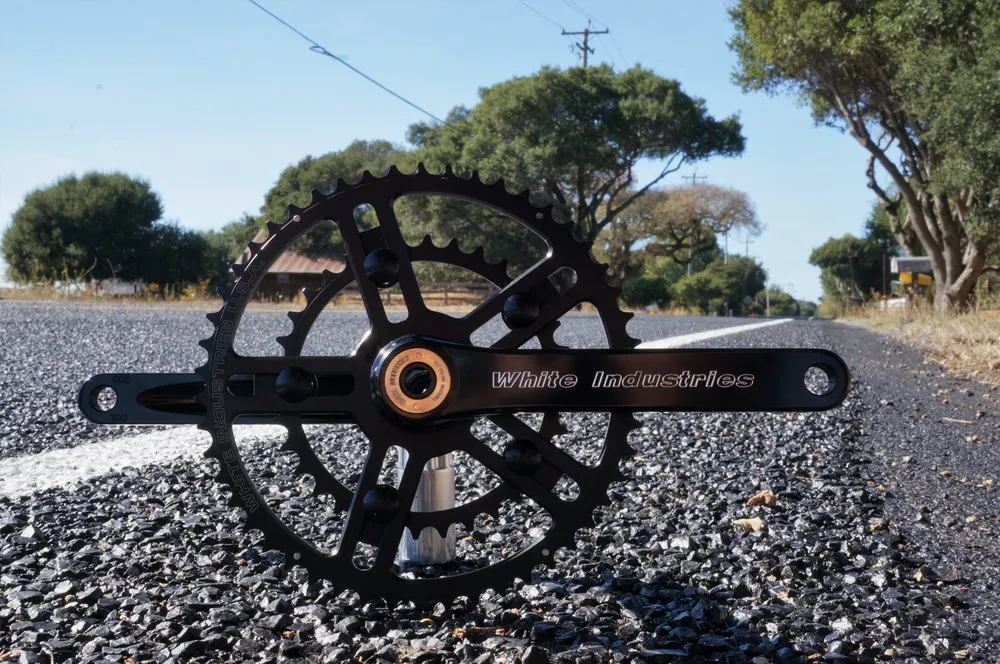
For Maria Benson, global product manager for Cannondale’s road portfolio at distributor Cycling Sports Group, the main technical issues to consider are Bolt Circle Diameter and front derailleur position — does it drop low enough to accommodate a super-compact chainset? “As the chain rings get smaller, the crank BCD is also reduced. This requires new chainrings and spiders. Modular cranks make this easier with the ability to swap out a spider and chainrings, or in our case a SpideRing.”
SRAM’s John Paul McCarthy puts it more bluntly, saying: “Any new chainring set is a big technical challenge, requiring hundreds of hours of design, tooling and testing. And keep in mind that the drivetrain is a system. Smaller rings might require new front derailleur cages and they at least require validation of front shifting. Smaller rings also require bike frames that allow the front derailleur to be mounted low enough and have sufficient chainstay clearance.”
Shimano’s Ben Hillsdon says that the technical part is not manufacturing the ring itself, but how the two rings are combined and function as a chainset to ensuring the perfect shifting in all gears.
A more upbeat note is struck by FSA’s Maurizio Bellin, who says that as long as you keep the same gap between the large and small chainrings as a 50/34t, a 48/32t for example, there’s no technical issue for the front derailleur. He adds however that FSA needed to completely redesign its high-end carbon cranks to accommodate the smaller Bolt Circle Diameter and fit a 32t chainring. FSA’s Gossamer and Omega versions use an Asymmetrical Bolt Circle design that didn’t require any changes to fit a 32t.
Finally, David Martínez, head of engineering at Rotor, said: "At first we faced interference issues with the frame due to the small 30T inner diameter. It also didn’t fit standard BCD110 cranks so that’s when we decided to go the spiderless route to eliminate interferences and trim the weight."
p.p1 {margin: 0.0px 0.0px 0.0px 0.0px; font: 16.0px Arial}
What will be the most popular gearing choice?
“How many normal riders actually spin out in top gear, even on a compact 50/36 chainset? Very few”
Given the fickle fashions of bike gearing, this is perhaps the biggest question of all. A 48/32t combination was most commonly cited by the people we spoke to, though Rory Hitchens from Upgrade Bikes, the UK distributor of Praxis, believes that ultimately it’s for the market to decide.
“How many normal riders actually spin out in top gear, even on a compact 50/36 chainset? Very few,” Hitchens says. “It makes sense to spend more time in a smaller 'large ring' (48T) and then have the option for much lower inner ring to get you up those tough climbs or through those rough gravel sections.”
Shimano’s Ben Hillson is more pragmatic, saying that it depends on where you live and what level of riding or racing you do, adding “As many pro teams demonstrate, the best use of gears is to have the versatility to swap for different courses or riding conditions."
As for Cannondale, Maria Benson says: “I think we will see varied gear ratios to match. For the adventure/gravel category, I would not expect anything larger than 50/34 and 46/30 seems to be the current trend for the lowest front gearing on 2x systems. 48/32 can serve the needs of most. 1x systems should not be overlooked either.”
SRAM echoes the idea that it depends on your use: for a primarily unpaved ride, it will probably be a low gear of 1:1 or lower and a high gear no bigger than 4:1, such as 40 x 10–42, or 42 x 11–42. For road riders, the high gear might be a little bigger, such as 44 x 11–36 or 44 x 11–42. For loaded touring, road product manager John Paul McCarthy says that it needs a MTB drivetrain for tyre clearance and for gears that are low enough.
